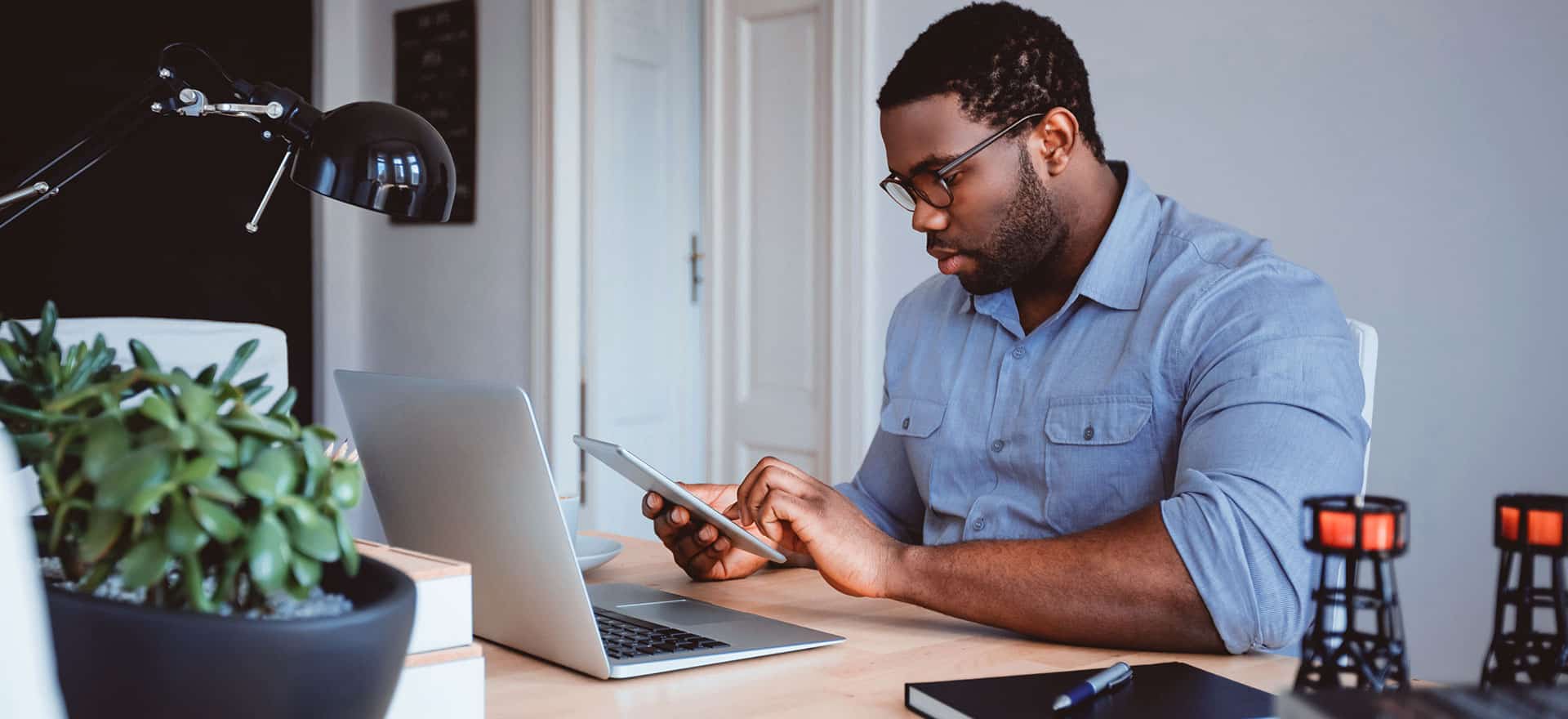Harnessing your creative potential in web design, combined with the specialized knowledge offered by a managed website service and web design firm, can transform your website from ordinary to extraordinary. This winning combination captivates visitors, enticing them to engage and convert into valuable paying customers.
In today’s fiercely competitive digital landscape, it is essential to differentiate yourself with innovative and captivating website designs that leave a lasting impact. By leveraging the services of a dependable managed website service, you can confidently ensure that your website showcases your unique creativity while effectively catering to the fast-paced demands of the digital realm.
Custom illustrations and graphics
Visuals play a crucial role in web design. Custom illustrations and graphics can add a unique and personalized touch to your website. Custom visuals help differentiate your website from competitors and communicate your brand story effectively.
There are several illustrations and graphics you can opt for. A visual hierarchy can guide users’ attention to important elements or sections. By strategically placing custom visuals, you can create focal points and emphasize key messages, enhancing the overall user experience.
You can use content page design software such as QuarkXPress to produce stunning page layouts, personalized graphics, and animations, and even convert print documents into interactive websites within a budget.
If you’re not confident in your design skills, consider collaborating with a graphic designer who can bring your vision to life. A professional graphic designer can help you create unique and captivating custom illustrations and graphics that align with your brand and website goals.
Level up user engagement with gamification
Gamification is a powerful technique that can transform your website into an interactive and engaging experience. One effective way to implement gamification is through badges and achievements. Create a badge system that rewards users for completing specific actions or milestones on your website. This can include tasks like completing a profile, making a purchase, or participating in a discussion forum.
Another gamification technique is the use of progress bars and levels. Users who complete tasks or reach specific milestones unlock new features, content, or benefits. This tangible reward system encourages users to stay engaged and motivated to reach higher levels.
Leaderboards and competitions are also effective gamification elements. Implement leaderboards that showcase top users or encourage friendly competition among your audience.
By strategically incorporating elements of gamification and aligning them with your website’s goals and target audience, you can create a highly engaging and immersive experience that keeps users returning for more.

Breathing life into web design using animation
You can engage your users, guide their attention, and create delightful experiences by adding animated aspects to the website’s design. There are several ways in which you can incorporate animations in your web design, such as microinteractions.
Microinteractions are subtle animations that respond to user actions, such as hovering over a button or clicking on an element. These small animations provide feedback and create a more engaging and interactive experience. For example, a button could change color or have a smooth transition when clicked, giving users a sense of interaction and responsiveness.
You can also consider using animated transitions, such as fade-ins, slide-outs, or transforms, to add more dynamic elements to your website. Smooth transitions between pages or sections can make the user experience seamless and visually appealing. These transitions can guide the user’s focus and create a sense of continuity as they navigate through different parts of your website.
Some other commonly used animations include scroll effects, where foreground and background elements move at different speeds.
Visual storytelling without sound
Silent videos, also known as muted videos, are a compelling way to tell stories and engage users on websites. They offer a visually compelling alternative for those who may not have the ability or desire to listen to the audio while browsing.
To effectively use silent videos in web design, focus on visual storytelling by utilizing captivating imagery and cinematography to convey your message. Include subtitles or text overlays to provide context and information. Enhance the visual impact with creative effects and transitions while ensuring compatibility and accessibility for different devices and browsers.
You can also consider setting the silent videos to autoplay and loop seamlessly to ensure a continuous visual experience. This eliminates the need for users to start the video manually and keeps them immersed in the content. However, be mindful of the video’s file size and loading time to maintain optimal performance.
Augmented Reality in web design
Incorporating AR into web design can create highly interactive and immersive user experiences. You can enable users to visualize products in their real environment using AR. For example, an online furniture store can allow users to place virtual furniture pieces in their living room through their device’s camera. This gives users a realistic sense of how the products would look and fit in their space, enhancing decision-making.
AR can also provide step-by-step instructions or tutorials overlaid with physical objects or environments. For example, a home improvement website could use AR to guide users through DIY projects by overlaying instructions and visual cues onto real-world objects.
Personalized experiences for every user
Utilize user data and behavior to offer personalized recommendations based on their preferences and interests. It can include recommending products, articles, or content that aligns with their past interactions or browsing history. By providing relevant suggestions, you increase the chances of users finding content that resonates with them.
Moreover, you can consider customizing landing pages based on user demographics, location, or previous interactions. By presenting users with targeted content that matches their interests or needs, you create a more engaging and relevant experience from the moment they land on your website, increasing user retention and conversion rates.
Handling user data responsibly and transparently is essential when implementing personalized experiences. Obtain user consent and clearly communicate your data usage policies to build trust with your audience.
Conclusion
Embracing creativity in web design opens up endless possibilities for creating unique and engaging online experiences. Thinking outside the box and experimenting with elements such as augmented reality, personalized experiences, custom illustrations, and web designers can elevate your website’s visual appeal and functionality. This approach allows businesses to stand out, captivate their audience, and leave a lasting impression.












Leave a Reply